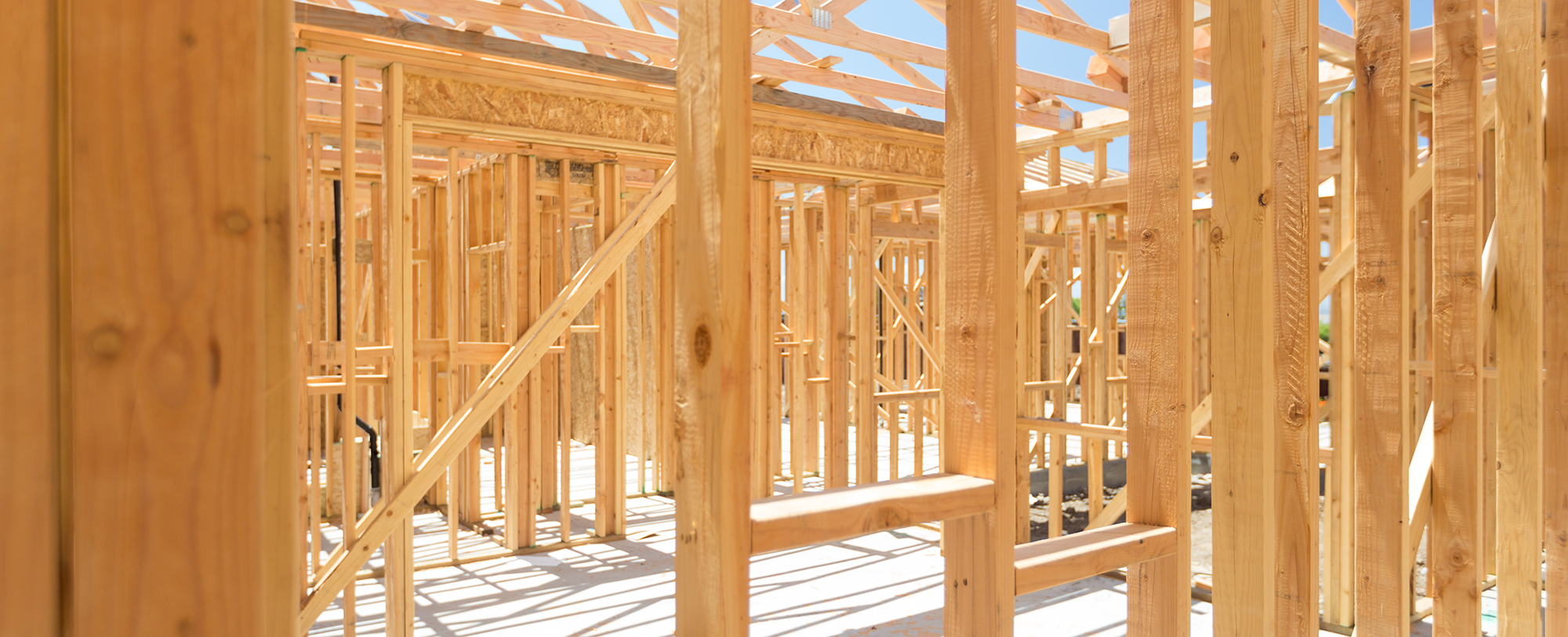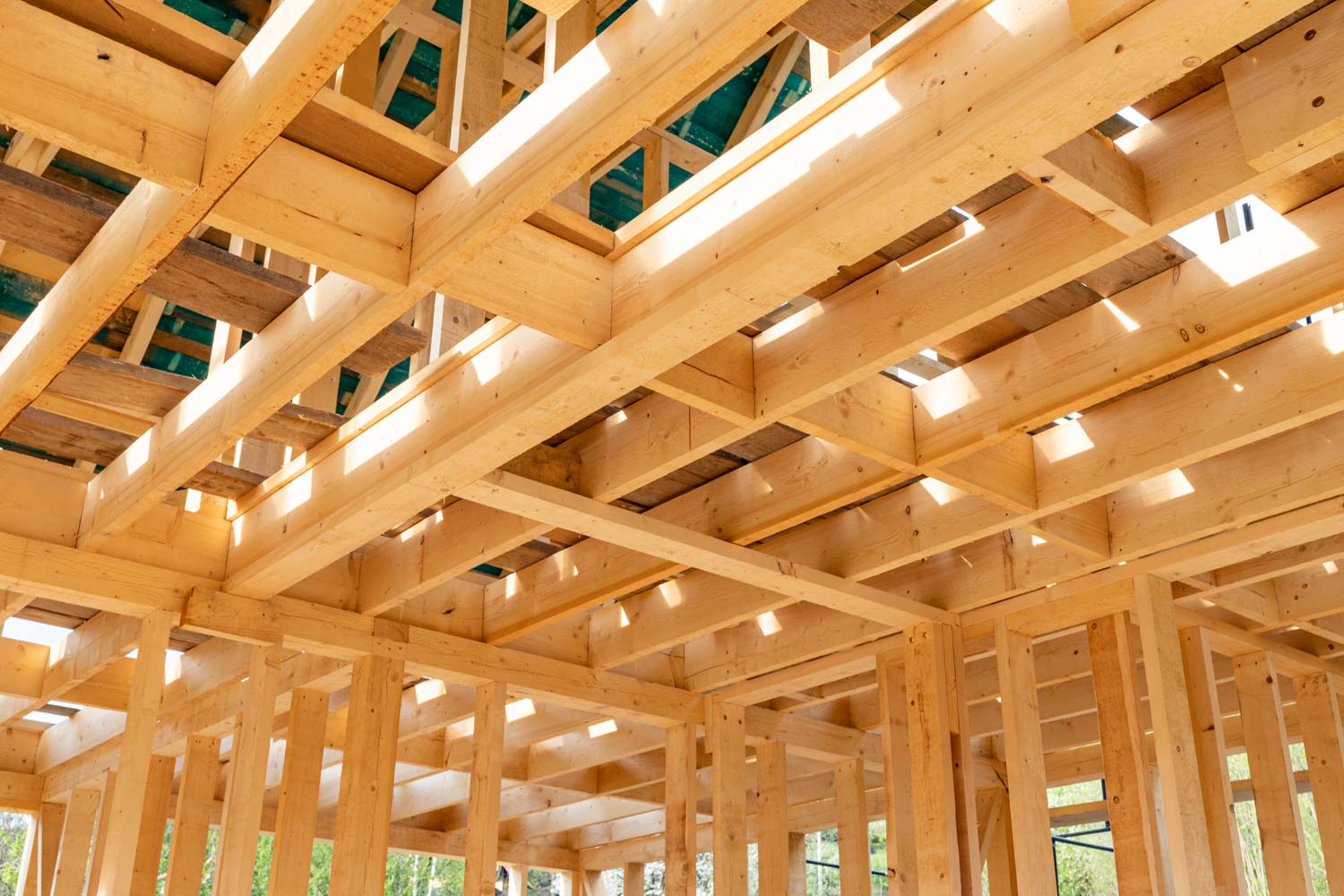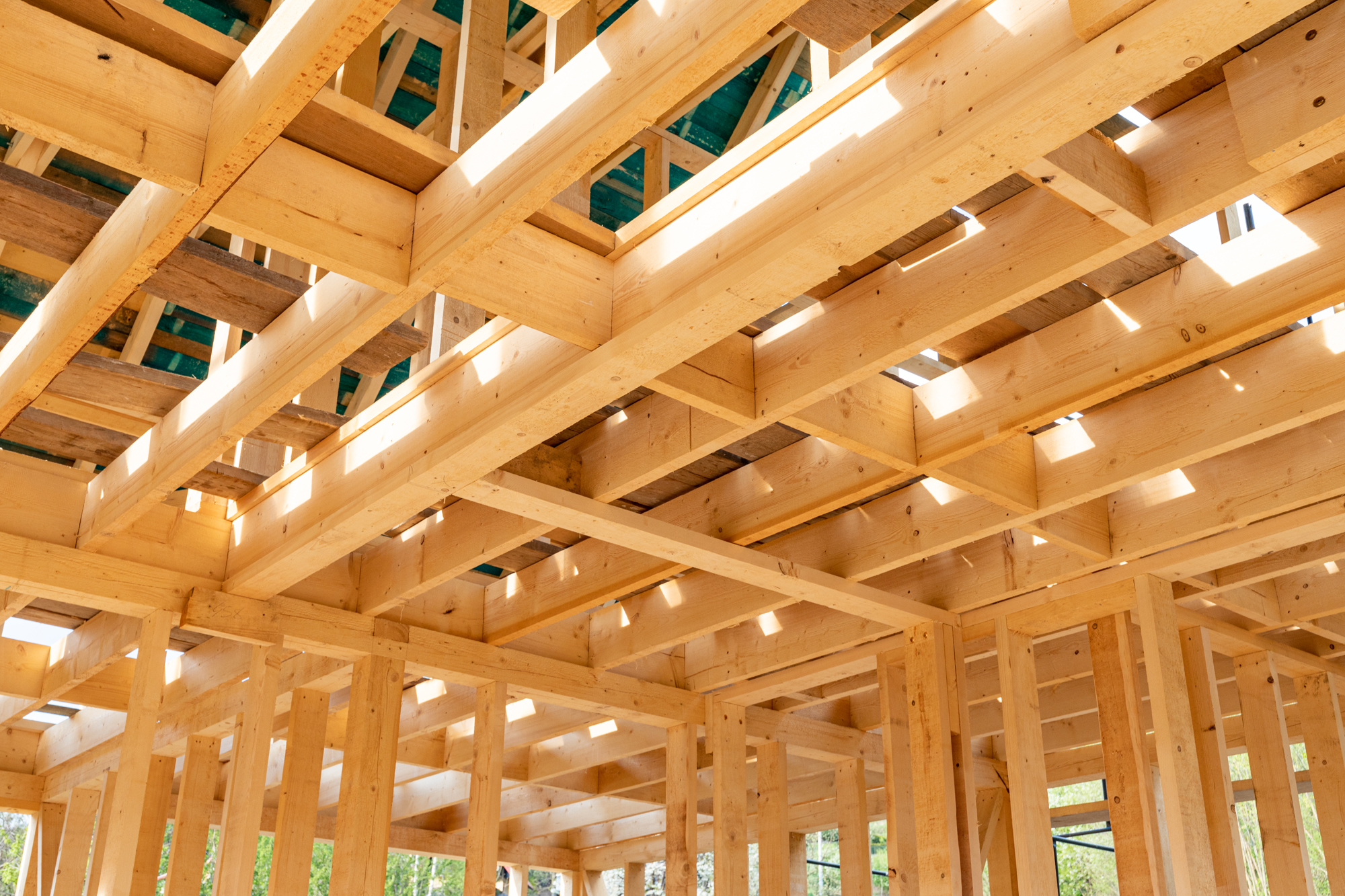
- GSE Features
Fire resistance of wood elements
- Contact our engineering team directly for more information.
- 1 (800) 810-9454 (Toll free USA and Canada)
- 1 (416) 705-5977 (International)
Using the defined fire duration of the element and the charring rate, the reduced cross-section is calculated for each member. The fire resistances of elements are verified for the National Design Specification (NDS) and the CSA O86 standards.
With this function, GSE users can efficiently design and verify wood elements under fire conditions.
Using the properties selected, the char depth is calculated for each exposed cross-section surface.

The verified limit states for the American code are:
• Compression
• Tension
• Bending
• Compression and bending
• Tension and bending
The verified limit states for the Canadian code are:
• Compression
• Tension
• Bending
• Compression and bending
• Tension and bending
• Shear
• Bearing
The limit state results for the fire load combinations are found within the designated tables related to the limit states.

GSE Software
The GSE General Structural Engineering software is an integrated analysis and design software for structural engineering. The software accounts for steel, cold-formed steel, concrete, automated slab design, timber, light frame wood and aluminum.
Subscribe to SAFI's technical newsletter
Related posts
Related Posts

Variable anchorage slip in wood shearwalls
To enhance productivity of GSE Timber software’ users, the Anchorage Elongation Method can be defined as variable (tension only) and variable (tension and compression). The anchorage slip is calculated at each iteration according to the tension efforts at the anchorage locations.

Fatigue limit state
HSE users can efficiently set and edit all required fatigue parameters for the structure allowing to consider all applicable fatigue loads such as Galloping, Natural Wind Gust, or Truck-Induced Gust.

Live load reduction
The live load reduction is available for the GSE steel, concrete, aluminum, and wood modules. The live load reduction will be applied to the columns of the structure.
Live loads can be automatically reduced according to the selected method. The software computes the live load reduction factor (LLRF) that will reduce the effective axial compression force in columns.

Fire resistance of wood elements
The resistance limit states, under fire conditions, are calculated for large cross-section wood elements. To improve the productivity of GSE users, the elements cross-sections are automatically reduced during the limit state checks.
